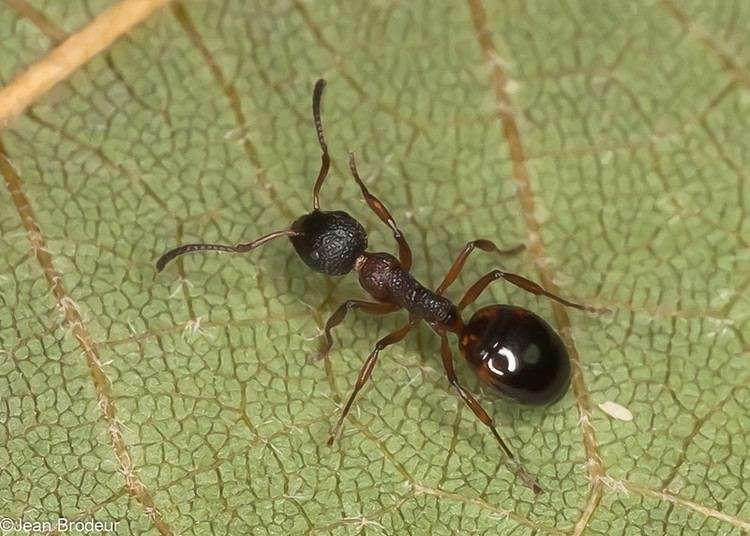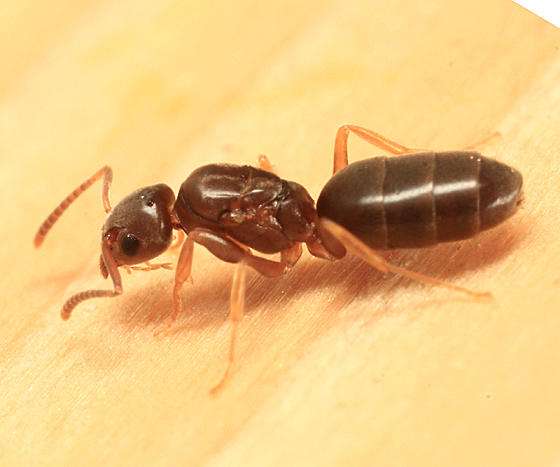
The Argentine ant, the odorous house ant, the erratic ant, and the cone ant are all members of the ant subfamily Dolichoderinae.
Distribution
With species found in the Palearctic, Middle East, Nearctic, Malaysia, Afrotropical area, Australian, and Neotropical regions, the subfamily has a significant diversity of species worldwide.
Identification
The petiole, a solitary separate section, connects the mesosoma to the gaster. There are no constrictions between the segments; the gaster is smooth. The gaster’s tip lacks a circular aperture and is slit-like without a sting (an acidopore).
Because they both have a single segmented petiole, lack a sting, and frequently resemble one another in terms of overall body size and structure, species of the subfamily Dolichoderinae are most frequently confused with species of the family Formicidae. Particularly true for tiny species like those seen in Doleromyrma and Tapinoma However, because the tip of the gaster has a slit-like opening in contrast to all formicines’ small circular hole, dolichoderinae may always be distinguished from formicines.

Food
All have a powerful pharynx, a complex proventriculus, and an extremely expandable crop, indicating a preference for liquid foods (honeydew, nectar), however many also hunt small arthropods or scavenge dead animals like scat.
Life Cycle
The majority of ants follow the “typical” ant life cycle, which involves a single queen isolating herself into a cell and feeding her first brood secretions made from fat that has been saved and lysing wing muscles. However, a number of social-parasite colony-founders, including numerous undescribed Dorymyrmex, are present in the group and are now being researched by myrmecologists at several institutions.
Table





